|
Well, this was a spring to forget. It officially began on Friday, March 20th—the day a state quarantine was issued due to the coronavirus pandemic. Social distancing and self-hibernation took the place of baseball games, public Easter Egg hunts and church services, and graduation ceremonies. Most mom’s got short-changed on their very own day (Mother’s Day), and we even lost the opportunity to enjoy Spring Break! At least there was no excuse for us not to get spring cleaning chores completed. In doing some research of late I got to thinking about the confusion inherent with our English language and those pesky words with multiple meanings. In particular, I thought of the word spring which above I have used according to the definition as the season after winter and before summer, in which vegetation begins to appear, in the northern hemisphere from March to May and in the southern hemisphere from September to November. But what about “the resilient device, typically a helical metal coil, that can be pressed or pulled but returns to its former shape when released, used chiefly to exert constant tension or absorb movement.” Ironically, I always received a Slinky® in my Easter basket as a kid, what does that say about the universe? Back to the word spring, what about its usage as a verb? —“To move or jump suddenly or rapidly upward or forward.” Last, but not least, we can’t forget spring as an origin of water, a point at which H2O flows from an aquifer to the Earth's surface.  "The Spring" "The Spring" Hey, you don’t have to tell me about the latter springs! In addition to the multitude of Slinkys® obtained in the Aprils of my youth, I couldn’t avoid them from a geographic reference. I grew up in what is officially known as Bootjack Springs northwest of Frederick City, in a house located 100 yards from the intersection of Indian Springs Road and Rocky Springs Road. I even went to Yellow Springs Elementary School. My Dad actually took me once a month to “The Spring,” at which place an iron (or dare I say lead) pipe emitted from a rock outcropping located somewhere off Hamburg Road where we would diligently fill empty milk jugs with salubrious “spring” water. Sadly, something that cannot be enjoyed today in the same fashion, but back then was there even such a thing as bottled spring water outside Perrier? This week’s “Story in Stone,” connects a person/family with one of the more famous springs in our area. Known as Riehl's Spring, it does not exist today, but it was a focal point of town for centuries. Riehl’s Spring was a Godsend for the people of downtown. It lay directly beside two downtown landmarks: Carroll Creek and the original Barbara Fritchie house on West Patrick Street. It was used by locals since the 1700s for its seemingly endless supply of cold, clean refreshment. According to myths and legends that were bantered around in the early 20th century, the spring was said to have possibly been the location for everything from Native American treaty signing ceremonies to a watering hole for George Washington and patriotic militiamen. Neither of these happenings have been proven so far.  Engelbrecht Engelbrecht Frederick diarist, Jacob Engelbrecht (1798-1878) lived diagonally across the street from the aqua-source and gives us a good description as a journal entry from July 13th, 1825: “Riehl’s Spring” The spring about 200 feet south from the Bentztown Bridge, was until the last 4 years called “Zimmeryergel’s Spring.” It first derived its name from the original proprietor George Schneider who was a carpenter by profession and small in stature. Carpenter in German is “Zimmer” and “Yergel” means “Small George” & he was generally called “Zimmeryergel.” Mrs. Riehl is the present proprietess, is his daughter. The “Mrs. Riehl” that Engelbrecht refers to here passed away the following November (1825). She was Elisabeth Schneider Riehl (b. 1763), the wife of Johann George Riehl (1763-1801). I want to think that the spring is named for her, and not her husband, since it dates back to her family’s ownership which began in 1778. It could have taken the moniker of Schneider’s Spring, but let’s face it, Riehl’s Spring rattles off the tongue much easier than Zimmeryergel’s Spring. I can’t tell you much more about the Schneider family, but I did find that Elisabeth apparently bought the property from her father in 1812. The property began 12 feet west from the west end of the West Patrick Street Bridge over Carroll Creek, fronted 25.5 feet on West Patrick and ran back 268.5 ft. This is the easternmost portion of a property George Snider bought from John Hanson Jr in 1778 (the entire property stretched 181.5 ft along what is now West Patrick). As for her husband’s family, Mr. (George) Riehl descended from Johann Fredrich Riehl (or Ruhl to begin with) who originally came to America from the area of Strasburg, Germany. The Riehl family can be found settled in the area of Middletown by the early 1760s and are found to be early parishoners of the fabled Monocacy Lutheran Church. Other sons appear to be Frederick Riehl (1760-1828) and Johann Jacob Riehl died at the age of 14 in 1792. George and Elisabeth married in 1788 and from this union came four children: Sophia (1789-1792/died of Typhoid Fever); Johannes (b. 1791); Anna (1791-1794); and Jacob (b. 1795). This youngest child would be the only one who would grow into adulthood and assumed the family property in question.  Battle of Baltimore in 1814 Battle of Baltimore in 1814 Jacob Riehl Jacob Riehl was born on October 5th, 1795 in Frederick, and baptized at Evangelical Lutheran Church. His father died when he was only six. If this didn’t force an early adulthood, I’m sure warfare did as he would participate as a soldier in the War of 1812. Private Jacob Riehl served in the 1st Regiment, Maryland Militia under the command of Captain John Brengle from August 25 through September 19, 1814 when the unit was discharged. He was among those “minutemen” gathered hastily when Capt. Brengle and Lutheran minister David F. Schaeffer rode through the streets of town that late august of 1814 in an effort to pull together a company to help rescue Washington under attack by the British. Plans quickly changed, and these volunteers helped secure victory with the successful defense of Baltimore on September 13-14. In the process, Mount Olivet’s front-gate greeter won fame by doodling a little ditty while held in captivity within eye and earshot of Fort McHenry—a story for another day of course. Jacob married Catherine Boswell on December 9th, 1821 in Frederick. The couple had four known children, but only two would live into adulthood: George Valentine Riehl (1822-1824); John Henry Riehl born January 9th, 1824; Charles William Riehl born September 3rd, 1825; and George Henry Riehl (1829-1831). Elizabeth Riehl willed the family property on West Patrick Street, including the spring, to son Jacob in 1825. Outside of that, I didn’t glean a great deal about Jacob’s early life, however he was the talk of the town in fall of 1826. Again, we can learn a great deal from Mr. Engelbrecht and his diary: “Cactus Triangilaris or night blooming Cerius” belonging to Mr. Jacob Riehl of this city was in bloom last night. 14 flowers opened & there are several other buds that will open this or tomorrow evening. Mr. Riehl had it beautifully illuminated and exposed in his yard for the inspection of the public. In fall of 1830, a fund drive was taken up for repairing Riehl’s Spring including the paving of walks and reconstruction of steps. Apparently the Corporation of Frederick City would attempt to acquire this site for decades as a source of clean water for the town. The superintendents were John Ebert, John C. Fritchie (husband of Barbara), and Jacob Engelbrecht. The corporation chipped in $10 and a host of citizens put forth money for the site holding the position as city spring. Others in town donated needed building supplies instead of money such as flagstone and bricks. Jacob and Catherine, or “Aunt Kittie” as she would become known, can be found in the census records of yore. No job is listed for Jacob in 1850, as I assume he was retired. I seem to recall reading somewhere that he was a carpenter. His son John Henry Riehl is found living with his parents in the successive censuses of 1860 and 1870 and lists plasterer as a profession. So, perhaps, like father, like son, Jacob could have dabbled in this profession as well. Either way, carpenter or plasterer, they both make “zimmers,” what I learned in school was the German word for rooms.  In that same 1860 census, Jacob is listed as a confectioner. Jacob served his country, or at least city, with the call to arms in spring 1861, shortly after the fall of Fort Sumter. He became a member of the Brengle Home Guards, formed in April of that year. The unit named for his old commander in 1814, the 65-year-old performed local militia duties on behalf of the Union Army during the American Civil War such as providing protection for state legislators and guarding supplies, etc. In 1861, a fire destroyed the second Frederick County Courthouse. Some speculate that it could have been Southern Sympathizers but that has never been proven. Regardless, it would take two years to complete demolition as it was wartime and Frederick played an active role. On October, 1863, the Frederick County Court commenced for the first time in a new courthouse, the one we know today as our home to Frederick City’s mayor and municipal staff. A new bell had been installed in the cupola atop the structure. The honor of ringing the bell that day to signify that court was once again in session was given to Jacob Riehl as he was titled, the keeper of the court-house. The vicinity of Riehl’s Spring was the scene of Civil War legend as it was adjacent to the famed home of Barbara Fritchie. One of the many stories of Frederick’s patriotic dame says that at least on one occasion, Barbara hastily swept out Rebel interlopers who decided to hang out enjoying the delicious, cool libations the spring had to offer. Adding insult to injury, these Confederates were “spouting” off derogatory talk about Ms. Fritchie’s beautiful Union, and this did not sit well to the nonagenarian flag-waver. Although it is highly unlikely that famed Gen. Stonewall Jackson took notice of Riehl’s Spring, we are likely to have an illustration dated from the late 1870s that shows the Riehl’s home on the west side of Carroll Creek. Catherine Riehl died on January 1st, 1873 at the family home on West Patrick Street. Three and a half years later on August 28th, 1876, Jacob died at the family home on West Patrick Street. They are buried at Mount Olivet Cemetery in Section H, Lot 52. The Riehl family home went to Jacob’s son, John Henry (of plastering fame) and daughter-in-law Catherine (Stone) (1826-1909). The Riehl’s still lived here in 1880. They had four children: Charles and William Riehl; Pricilla (Riehl) Brust, of this city; and Miss Bessie Riehl, later of Cincinnati, Ohio. John Henry Riehl died in 1895, and I’m not quite sure what his widow was doing in the decade before his death. Catherine (Stone) Riehl would die over a decade later. Known as "Aunt Cassie," we are fortunate to have a photo of her at the spring as a reporter included her in a story touting Carroll Park. She would pass in 1909. In 1901, the Riehl heirs sold the property to Arabella Faubel. She sold it to Georgianna Simmons in 1907, who then sold to the City of Frederick. It was a long wait, but set the stage for a municipal park. As an aside, Miss Simmons donated two other city lots to Frederick City Hospital which would become the site of the aptly named Georgianna Simmons Nurses Home. Carroll Park This was the original, “old school” portion of the Carroll Creek Linear Park. In 1907, Frederick alderman, and successful downtown merchant, David Lowenstein suggested putting a monument in the vicinity of where the Barbara Fritchie house had once stood. The legendary home had been partially destroyed in the Great Flood of 1868, and subsequently removed completely a short time later in an effort to widen the creek. Alderman Lowenstein went one step further by suggesting that a park be built on the west side of Carroll Creek surrounding Riehl’s Spring. This would become known as Carroll Park, a frequent scene of band concerts, camp meetings and unruly teenagers. Colloquially it also had the name of “Barbara Fritchie Park.” The Barbara Fritchie Home Association, which was responsible for building the nearby recreation of the heroine’s home, installed the wooden canopy. An article in Frederick Magazine years ago states: “The park itself welcomed residents and visitors for decades, though the once-vibrant spring became little more than a trickle over the succeeding years.” The article concluded by saying that by the 1980s, the once abundant spring was nothing more than “a small pool of dirty water which had collected in the spring pit, and had become a target for litterers.”
The spring was then redirected and became part of the Carroll Creek Linear Park project, which was built to thwart any future flood devastation from Downtown Frederick. Riehl’s Spring was perfect inspiration for what would come decades later. Pedestrian sidewalks today skirt the town creek and have become a pedestrian friendly asset in recreating and exploring the creek as it winds through downtown.
2 Comments
Nancy Droneburg
5/30/2020 01:34:07 pm
As always Great history...When is the Civil War site of Mt. Olivet Vets going to start?
Reply
Maritta Perry Grau
4/10/2022 07:37:37 pm
Hi, Chris--I was just doing some research of my own on the original Carroll Park and Riehl Spring for the Frederick Art Club. I have a little more information from our records that I will share with you as soon as I get time to scan some of the papers from our files. Thought you might like to know that while the newspaper articles you showed on your May 29, 2020, blog don't say anything about the FAC, apparently, we were responsible in 1907 for beautifying the original park, although the Barbara Fritchie Home Association built the pavilion over the spring. Also, the FAC were the ones who held the Riehl Spring festival to raise money for creating the park. That project was the first public works project undertaken by FAC, at least as far as we have records of such projects. Sincerely, Maritta Perry Grau
Reply
Leave a Reply. |
STORIES
|
Archives
July 2024
June 2024
May 2024
April 2024
March 2024
February 2024
January 2024
December 2023
November 2023
September 2023
August 2023
July 2023
June 2023
May 2023
April 2023
March 2023
February 2023
January 2023
December 2022
November 2022
October 2022
September 2022
August 2022
July 2022
June 2022
May 2022
April 2022
March 2022
February 2022
January 2022
December 2021
November 2021
October 2021
September 2021
August 2021
July 2021
June 2021
May 2021
April 2021
March 2021
February 2021
January 2021
December 2020
November 2020
October 2020
September 2020
August 2020
July 2020
June 2020
May 2020
April 2020
March 2020
February 2020
January 2020
December 2019
November 2019
October 2019
September 2019
August 2019
July 2019
June 2019
May 2019
April 2019
March 2019
February 2019
January 2019
December 2018
November 2018
October 2018
September 2018
August 2018
July 2018
June 2018
May 2018
April 2018
March 2018
February 2018
January 2018
December 2017
November 2017
October 2017
September 2017
August 2017
July 2017
June 2017
May 2017
April 2017
March 2017
February 2017
January 2017
December 2016
November 2016

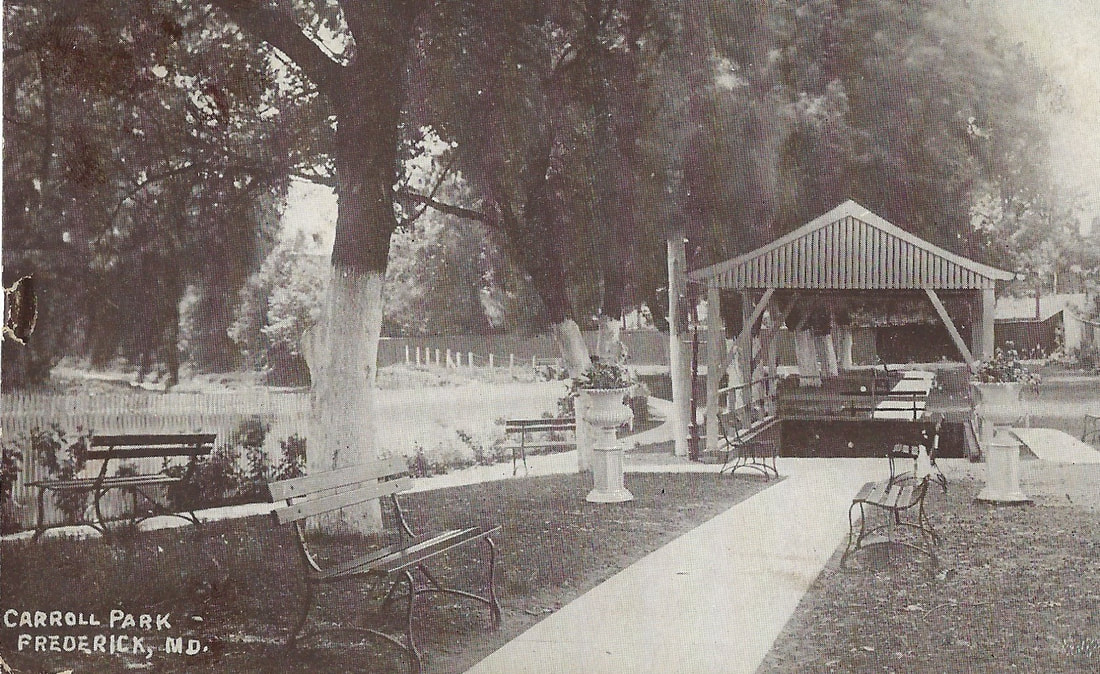
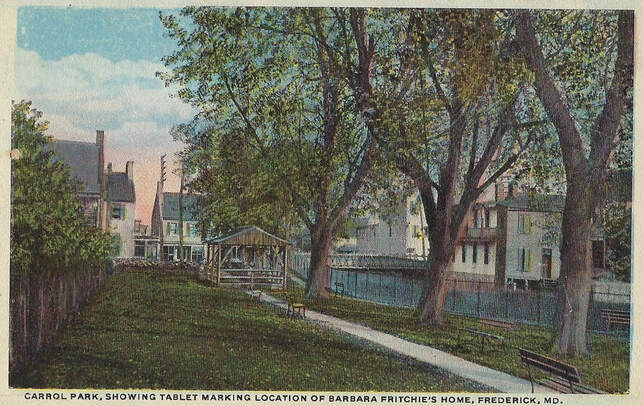
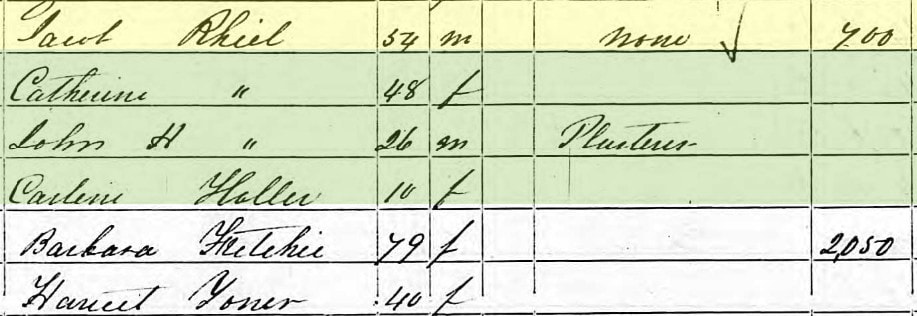
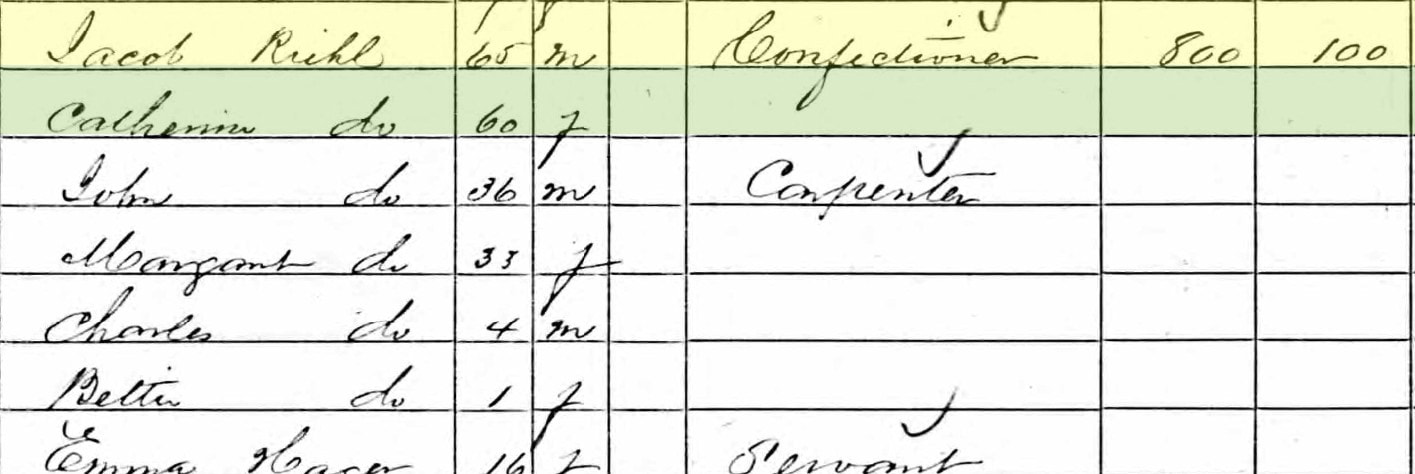


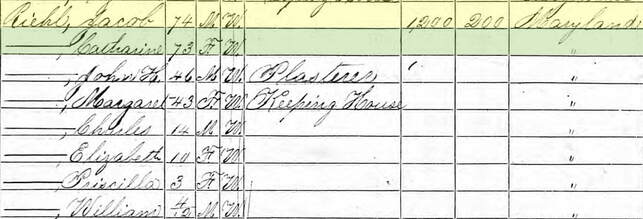

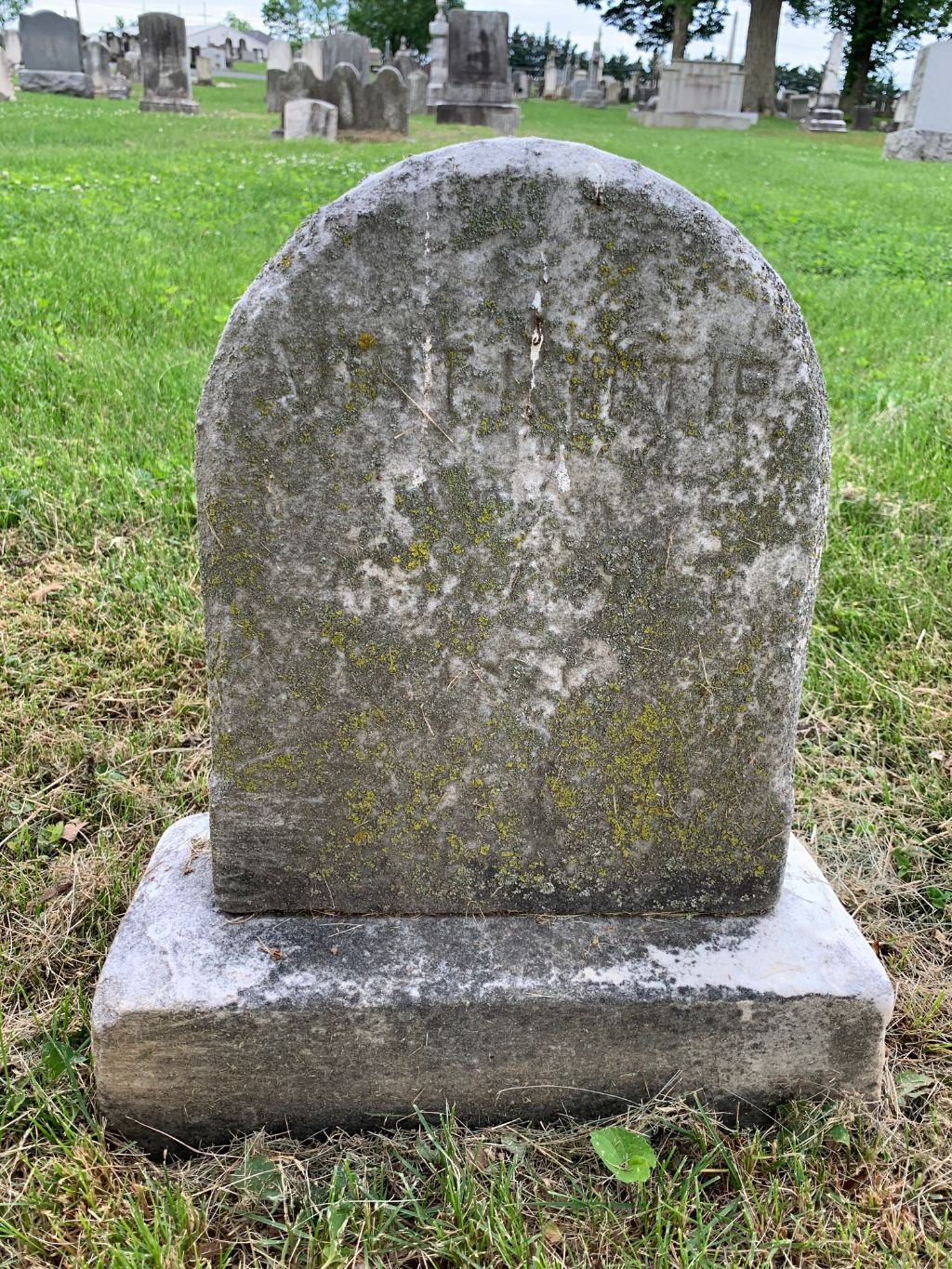
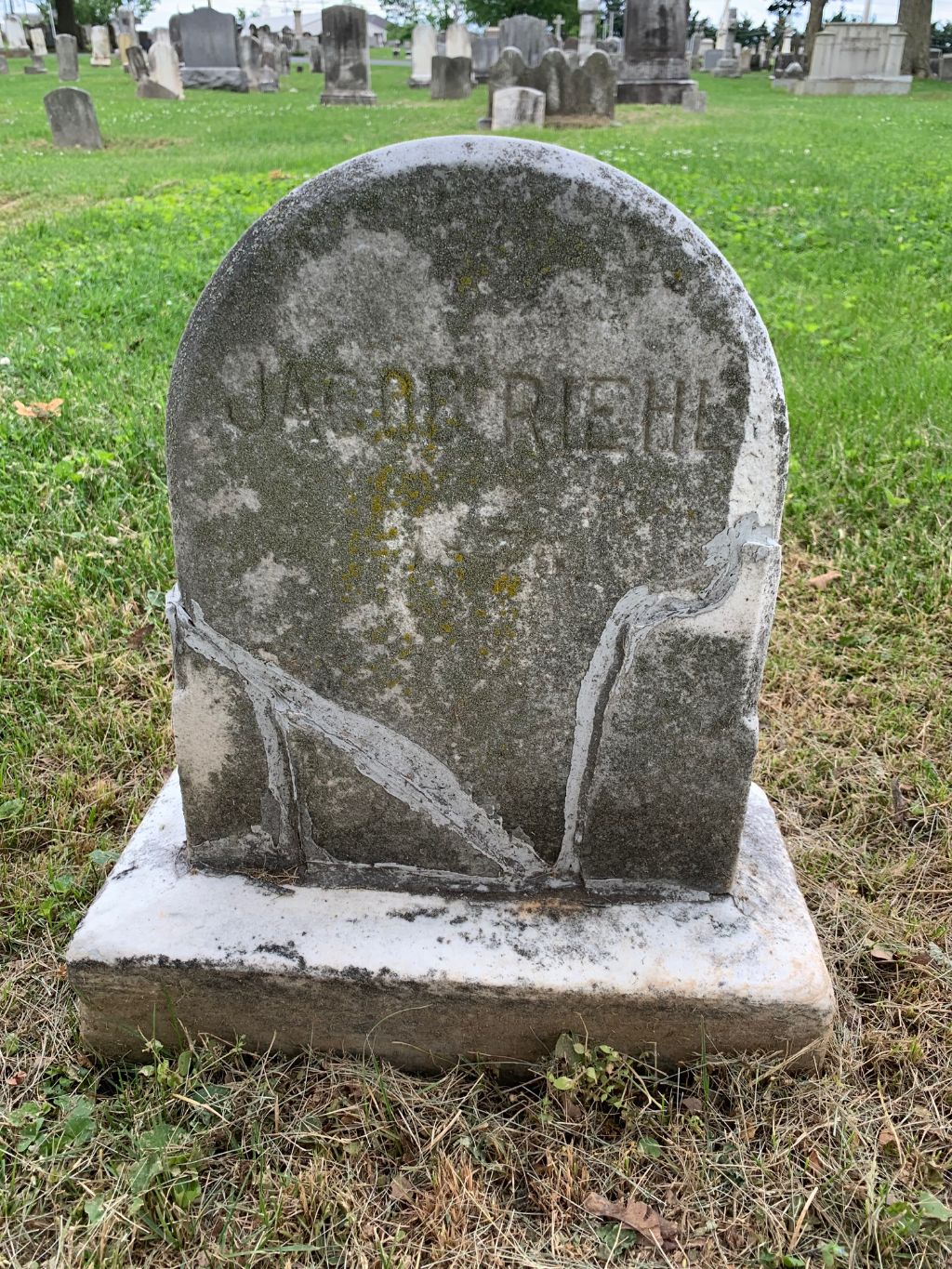




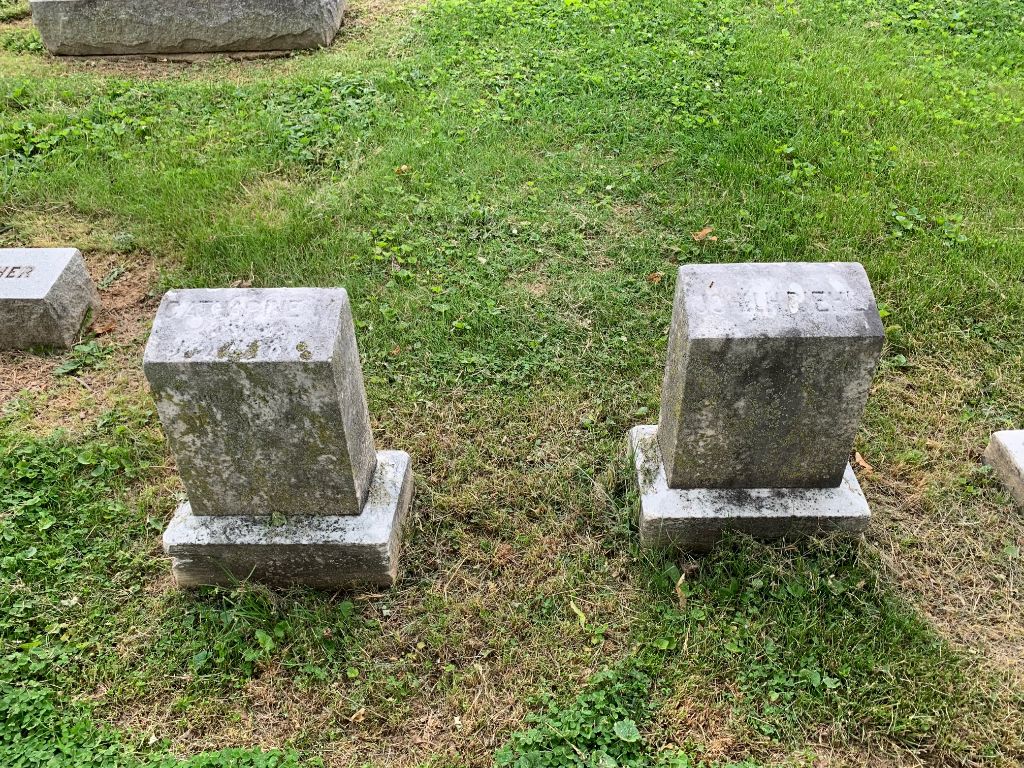








 RSS Feed
RSS Feed